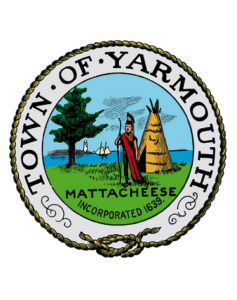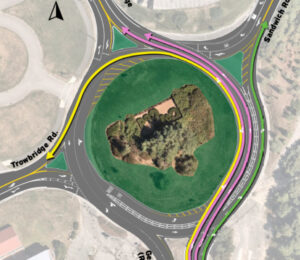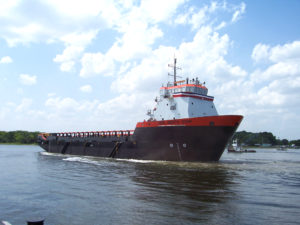 HYANNIS – Holiday is family time, which often means a game of touch football or even a tennis match, if the weather cooperates. But with it comes the risk of motion injuries. Run just a little too hard in that family softball game and you might suffer a sprain.
HYANNIS – Holiday is family time, which often means a game of touch football or even a tennis match, if the weather cooperates. But with it comes the risk of motion injuries. Run just a little too hard in that family softball game and you might suffer a sprain.
Or is it a strain? Or a tear?
People can get these injuries confused, so we asked, Robert Wilsterman MD, an orthopedic surgeon based in Falmouth, to straighten things out.
“The three terms are often used inappropriately and get all jumbled up,” he said. “The language is not perfectly logical.
“These kinds of injuries, unfortunately, are pretty common.”
- Sprains: “The technical definition of a sprain is an injury to a ligament,” he said. “A ligament is a band of tissue that connects a bone to a bone and helps stabilize them. When a ligament gets damaged, that’s called a sprain. It can be partially injured or completely disrupted, but it’s still a sprain.”
Wrenching your ankle is a common type of sprain. Typical symptoms include pain, inflammation, bruising or instability in the joint.
- Strains: “A strain is when a muscle or a tendon is overstretched. A tendon is a cord of tissue that attaches a muscle to a bone. It’s very distinct from a ligament.” A strain can be the result of a single incident or long-term repetitive movements. Symptoms include muscle spasms, weakness, cramping and immobility, pain, bruising or swelling.
- Tears: A tear is the most severe of these three injuries.
“You can tear a ligament, you can tear a tendon, you can tear a muscle,” said Dr. Wilsterman. It can involve tearing some or all of the muscle fibers, tendons or ligaments attached to a bone or muscle.
Tears can happen in many ways but examples he cited included people who fall on slippery steps and rupture the quad tendons or a coach who jumps out of the dugout on a cold, practice day and ruptures an Achilles tendon. Tears may require surgery to repair. Symptoms include swelling, bruising, redness due to the injury, pain or weakness when the muscle or joint is used, or inability to use the muscle.
[RELATED: Is it a sprain or a fracture?]
Treatment: Initial care involves ice, elevation and compression to contain the swelling and promote healing, he said. A doctor should be contacted, if the injury is significant or if home care does not bring relief within 24 hours, he added.
These injuries almost always can be diagnosed with a physical exam, although sometimes MRIs are used, he said.
“It’s important to avoid repetitive insult,” he said. “When a kid gets hurt or a weekend warrior gets hurt, you have to have enough sense to step back off from activity, which is not always easy. A coach or teammate might want you to brush it off and go back in, but it’s best to be cautious.”
Prevention: The best way to prevent sprains, strains and tears is by stretching and warming up before exercising, said Dr. Wilsterman.
“Being fit is another great preventative,” he said. “The weekend warriors – it’s good that they’re out there, but he or she is better served by being active in general, as opposed to once every couple of weekends.”
























